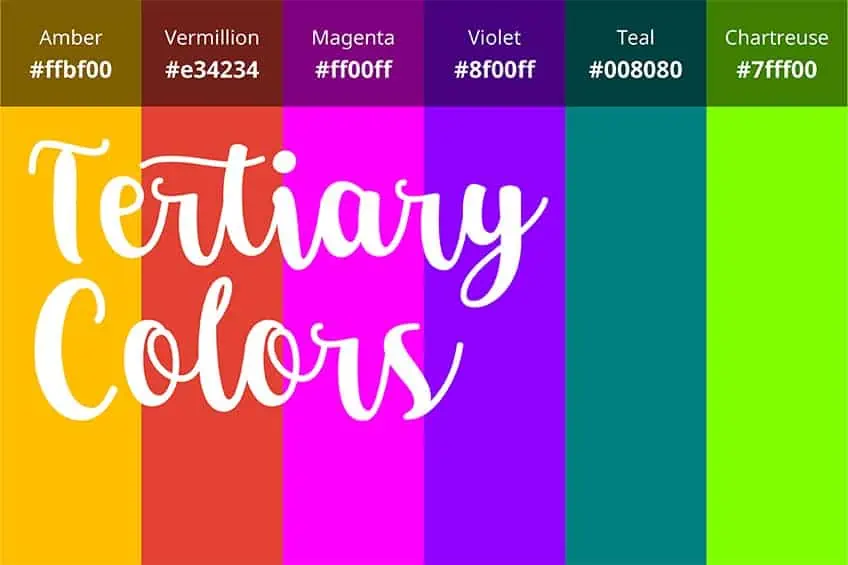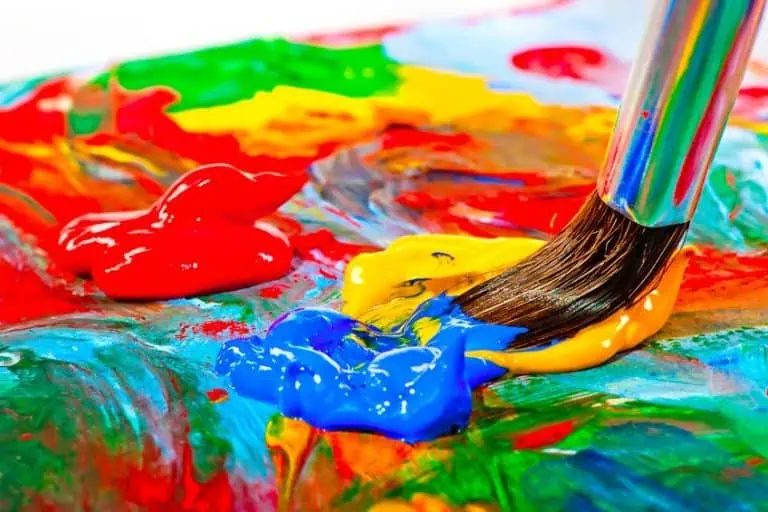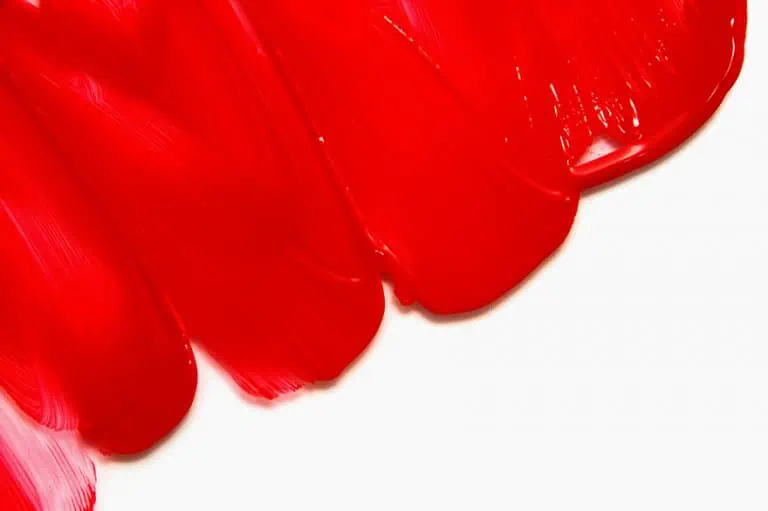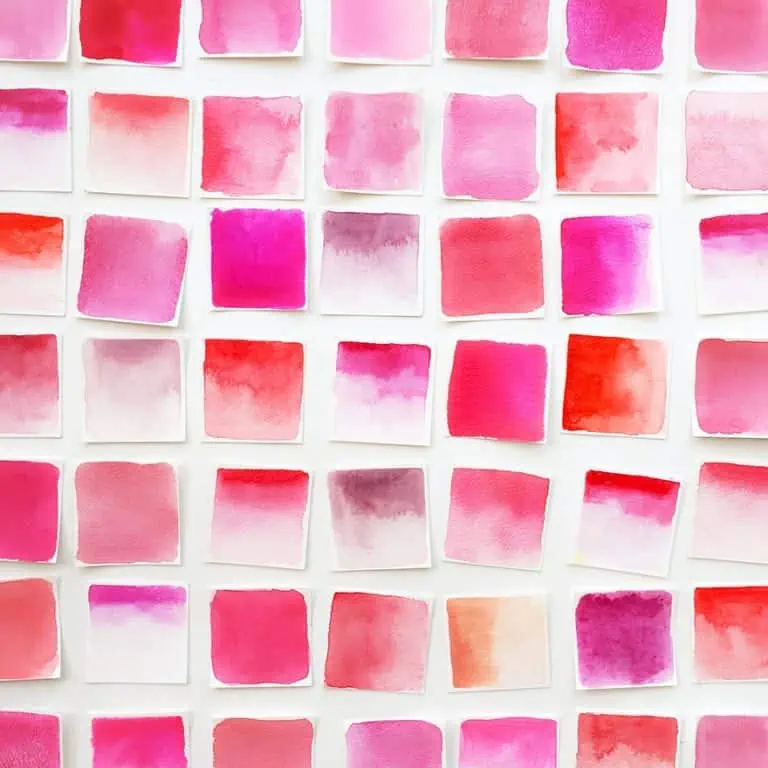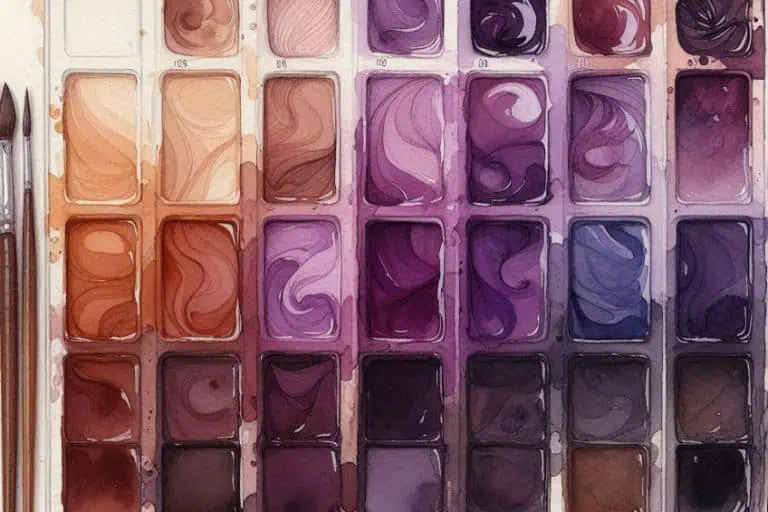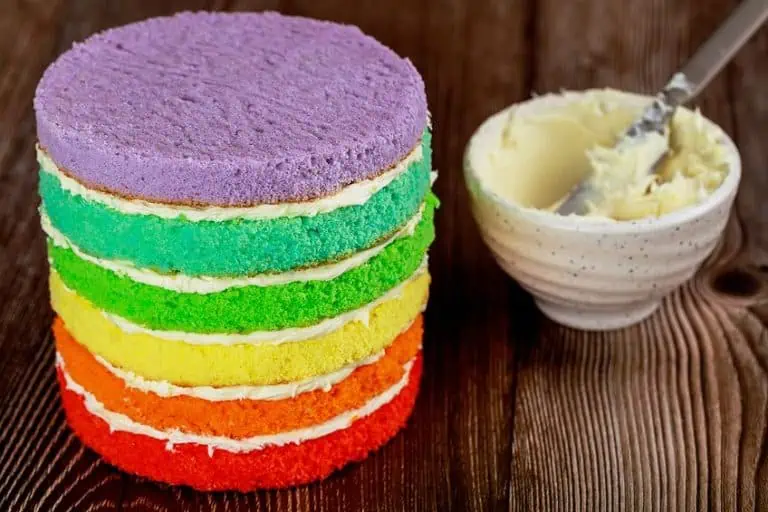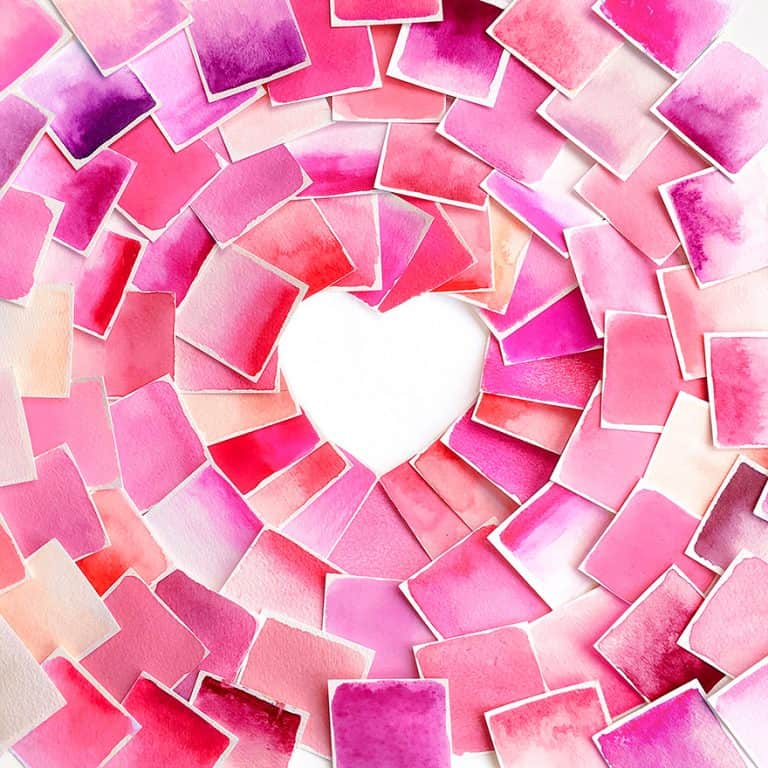What are Tertiary Colors? – Tertiary Colors Definition
This post may contain affiliate links. We may earn a small commission from purchases made through them, at no additional cost to you.
Most of us know about primary and secondary colors, and these are simple to understand. However, for some, it may get a bit more complicated when considering tertiary colors, intermediate colors, and how all these work together. Learning all about the different types of colors and the relationship between them can help to create the best look and feel for your art or design. So, let us see if we can help with bringing you a better understanding of tertiary colors.
Table of Contents
What are Tertiary Colors?
To make things simple, let us start at the beginning. We all understand that there are primary colors, which include red, yellow, and last but not least, blue. This is also referred to as RYB, and these colors cannot be created by blending any other color. In the digital world, the base primary colors are known as RGB, and these colors are red, green as well as blue. This is your basic foundation from which to work, and using these colors, you can create any number of amazing art pieces. Further down in this article, we have created a table of popular colors and their RGB percentages.
The next step is to blend the primary colors, which then form your secondary colors. This means red and yellow make orange, which is then your secondary color. You can then do the same to all the other primary colors. So, yellow added to blue creates green, and blue added to red creates purple or violet. When dealing with art pigments, therefore, orange, green and purple are your secondary colors.
Intermediate Colors
Then, you have colors that are between your primary and secondary colors, and these are known as intermediate colors. These intermediate colors are created by either combining unequal amounts of two primary colors, or you can achieve similar results by combining a primary and connected secondary color. In other words, a secondary color that is close to your primary color is located on the color wheel.
The intermediate color created depends on the amount of primary color that is used. For example, you can form a red-orange or a yellow-orange. The intermediate colors are always named by placing the primary color in the front, and then the secondary color. Below are more examples of your intermediate colors. These colors also have their own names, which are also included below.
- Blue-green (teal)
- Yellow-orange (amber)
- Red-Purple (magenta)
- Yellow-green (chartreuse)
- Blue-purple (violet)
- Red-orange (vermillion)
Tertiary Colors
Next, we take a look at the tertiary colors definition. The tertiary colors are created by combining two secondary colors. Somewhere along the line, the intermediate and tertiary colors have become the same, but they are not. For example, what happens when you mix purple and green, both secondary colors? You should consider that you are combining more than simply two colors. For example, purple is made from blue and red, and green consists of blue and yellow. Other secondary colors include orange, which is a combination of red and yellow, and green which consists of blue and yellow. So, if you combine orange with green, both secondary colors, you are mixing all four of the above colors. The same goes if you mix purple and orange. So basically there are yellow-orange, red-orange, red-violet, blue-violet, blue-green, and yellow-green as tertiary colors.
So, a tertiary color contains some of all three primary colors, hence the word tertiary coming into play. Why is all of this important? Well, blending colors can be an exciting journey, however, it may get a bit frustrating if you do not understand how the different colors work with each other.
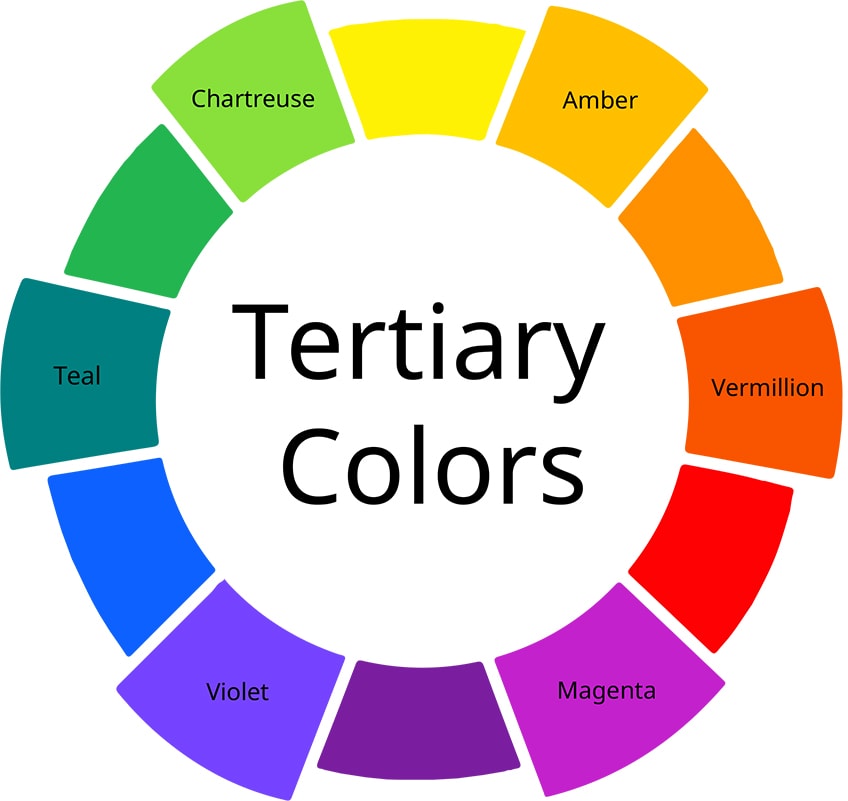
When you combine the primary colors with their complementary colors, which sit on the other side of the color wheel, you will create a neutral color (brownish to grayish color). Combining all three primary colors will create similar results, which is what happens with tertiary colors. Understanding how to create these colors is important when you want to tone down colors, which is an important aspect of creating art pieces.
Other aspects of color theory include changing the temperature or color bias of a color, making it warmer or cooler. As mentioned, you can also tone colors down, or make them brighter or lighter, creating different tones and shades. When looking at the tertiary color wheel and you combine two secondary colors, you will produce neutral colors like browns and grays. You can tone down your secondary colors by using other secondary colors. For example, you can tone down orange with purple, or you can mix purple with green or green with purple. If you are looking for a warmer, yet toned down green, think of adding a little orange, which should make an interesting olive color variety.
Of course, if you choose a different hue, shade, or tone, you can create a range of brown and gray-based tertiary colors. You must also consider the varying amounts of secondary color. When mixing green and purple, more green will produce a green-gray, while adding a larger amount of purple will bring out the brown. So, tertiary colors can add even more variety to the colors you can create.
Popular Tertiary Colors
Painting and digital artists understand color in similar ways. There are three color types involved including your primary, secondary as well as tertiary colors or intermediate colors. Combing all these colors in various amounts can produce almost any color you can think of. You can further create different shades and tints by adding white or black.
You will have to experiment when using pigments and paint to create your own color palette, while digital artists should be able to create even more precise color varieties. Below are tables representing a few of the tertiary and intermediate colors with their hex codes and color percentages.
| Tertiary Color | Tertiary Color Shade | Hex Code | RGB % | CMYK % |
| Pine Cone | #736357 | 45.1, 38.8, 34.1 | 0, 14, 24, 55 | |
| Olive Brown | #645403 | 39.2, 32.9, 1.2 | 0, 16, 97, 61 | |
| Burnt Sienna | #af480a | 68.6, 28.2, 3.9 | 0, 59, 94, 31 |
| Intermediate Color | Intermediate Color Shade | Hex Code | RGB % | CMYK % |
| Amber | #ffbf00 | 100, 74.9, 0 | 0, 25, 100, 0 | |
| Vermillion | #e34234 | 89, 25.9, 20.4 | 0, 71, 77, 11 | |
| Magenta | #ff00ff | 100, 0, 100 | 0, 100, 0, 0 | |
| Violet | #8f00ff | 56.1, 0, 100 | 44, 100, 0, 0 | |
| Teal | #008080 | 0, 50.2, 50.2 | 100, 0, 0, 50 | |
| Chartreuse | #7fff00 | 49.8, 100, 0 | 50, 0, 100, 0 |
Mixing Tertiary Colors
You can read about blending tertiary colors or any color for that matter, but when it comes to doing it, it comes down to quite a bit of experimentation. It is always best to try things out for yourself and you may even discover a few colors you were not looking for along the way. Create a color swatch and document all that you do when mixing colors so that you can know how to create a specific color again.

Mixing Burnt Sienna Using Tertiary Acrylic Colors
As we have discussed, there seems to be some debate on the subject of intermediate and tertiary colors. Many use these two words interchangeably and do not separate one from the other. However, we have mentioned that these are two different terms, so when dealing with tertiary colors, we are talking about combining secondary colors. Experimenting is part of being an artist, so when mixing colors, it is a fun way to see what happens and what colors you can create. When mixing these types of colors, using an equal amount will produce dark, or almost black colors. Why not try different amounts and consider using different tints or shades. When mixing go from lighter to darker, so add a small amount of your darker color to your second lighter color.
Burnt sienna is quite a popular earth tone and can easily be obtained in a tube, so you do not have to worry about mixing your own. However, what if you do not have to buy a tube of paint and you can mix your very own burnt sienna? It is as simple as mixing orange and purple, both are secondary colors. Since there are many different purple and orange varieties, you can create several different burnt sienna hues.
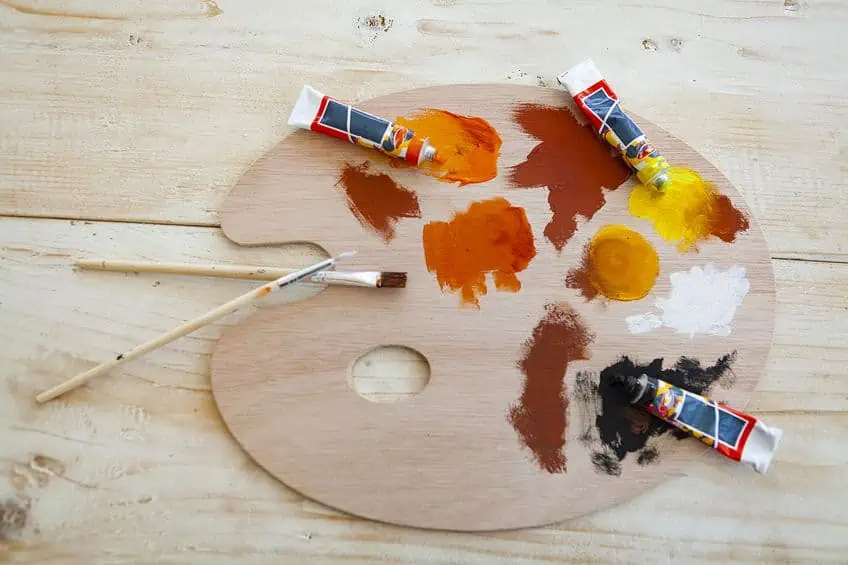
Creating a Bright Brown Color
The color theory involves understanding how colors work together and can be visualized by using a color wheel. The color wheel has all your primary colors, secondary colors, and all other colors in-between. So, when you blend red and yellow, both primary colors, you get orange. Mixing blue and yellow makes green, another secondary color. Now, when you mix both of these secondary colors, you will get a neutral brown. However, the type of brown will depend on the orange or green you are using. When blending your primary colors, you could have used a darker red or lighter yellow.
To make a bright brown color, try using a yellow-orange mixed with a yellow-green. This should produce a brighter brown color. Once you have created your brown color, and it is too dark for you, simply add a little white to lighten it.
Blending Intermediate Colors: Amber
Amber is a yellow-orange and is one of the intermediate colors. These colors can be identified by the primary color in the front, followed by a secondary color. This is not an extremely complicated process as you only require yellow and red paint. The name really speaks for itself; however, you can use different shades or tints of paint for different effects. Try the cadmium red, which has an orange bias, and place some of the paint onto a mixing surface or palette.
A short distance from this squirt some yellow paint onto the surface. The cadmium yellow also has an orange bias, so this should create a nice rich amber color.
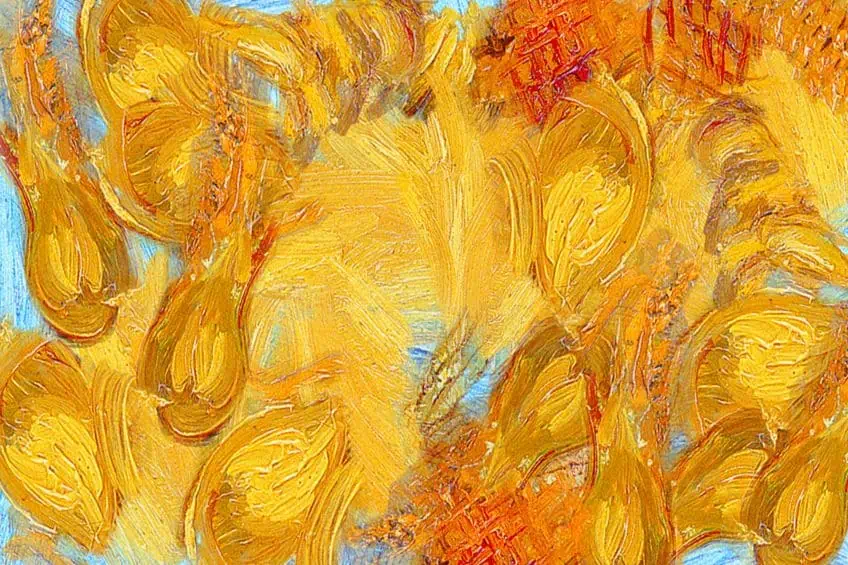
Working with the rule of lighter to darker, take a small amount of red and add it to the yellow. You can use a small palette knife for mixing, which is sometimes better than mixing with a brush. Once you have blended the colors, take a brush, and apply a small amount to another piece of paper to keep a record of your different colors. Continue, and add a little more red to the now amber color. This should create a darker amber color. Take some of the paint, and again, place some on your color swatch alongside your first example. Keep adding a small amount of red until you have a range of color hues to choose from. You can also try using an orange from a tube and then slowly add yellow to create amber.
Using Neutral Colors in Art
Browns and grays are not only created by mixing secondary colors, but you can also use your complementary colors. Pure and bright colors are important in painting; however, neutral colors should not be underestimated in their effects. Even though brighter colors are a focus point, what makes these colors stand out more? The answer is neutral tones, you can say the browns and grays provide essential support when looking at a painting as a whole.
Bright and saturated colors are interesting, and you notice them first when observing anything. Think about when you visit the optometrist, and they ask you to choose between two colors on the screen in front of you. The brightest color you see, that stands out, is the color you will pick. However, if you use too many bold and bright colors, a painting can become almost unpleasant.
Adding neutrals to a painting will help to change the intensity and can create something with more balance to it. Neutral colors can introduce dimension and shadow. You can also change the color bias by creating a warmer or cooler neutral color, making these colors even more versatile. Brighter and darker shades can add depth. No matter how you create your neutral colors, they most assuredly have their place in creating more interesting art.
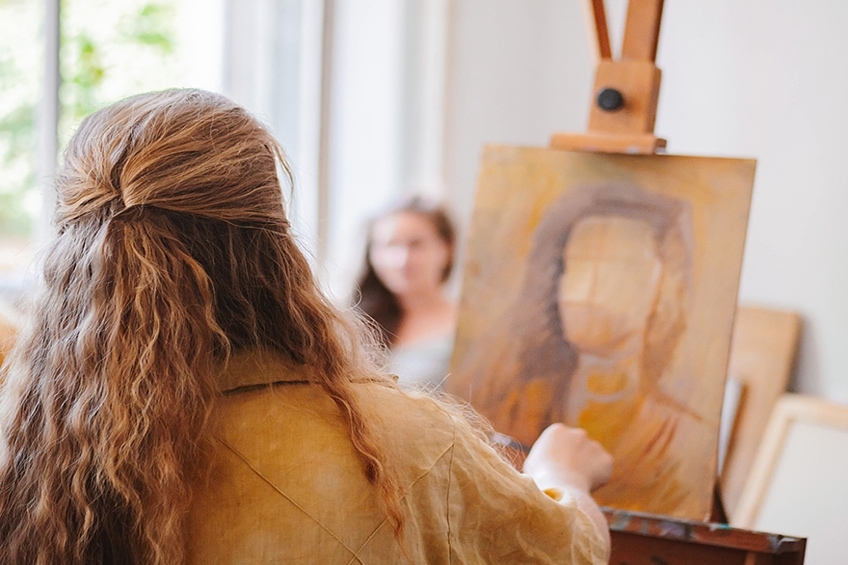
Tips For Mixing Colors
Below are a few basic tips to follow when mixing colors. The best way to understand color mixing is to study and grasp the fundamentals of color theory. Find out about the many types of colors and how they influence each other.
- Experiment and have fun creating new colors. Learn from experience how colors work together
- Begin with acrylic paints because they are simpler to work with and cheaper than other mediums. Acrylics can also imitate both watercolor effects as well as oil paints
- When working with bright colors, remember to pair them with neutral colors to make them even more vibrant and stand out
- Light tones placed next to darker tones also work well together for creating contrast
- To make a lighter color, use white or yellow
- Adding a blue or a raw umber is better than black to darken a color
- Acrylic paints tend to darken when it dries, so it is best to mix a lighter shade
- When mixing, start with your lighter color and add your darker color in small amounts. Try out our free online color mixer tool.
- Adding equal amounts of secondary colors will create a dark muddy color, rather use different ratios of color, tints, and hues for a wider selection of neutral colors
Take a look at our tertiary color meaning webstory here!
Frequently Asked Questions
What Are Tertiary Colors?
When considering a tertiary color wheel and the tertiary colors definition, many would consider your tertiary colors to be an equal mix of a primary and secondary color. Some also say adding a primary and secondary color creates a third color, which is where tertiary comes in. However, these are recognized as intermediate colors. Tertiary colors are made when you blend two secondary colors. These colors come together to form brown, gray, or sometimes, close to black colors. For example, orange mixed with green will give you brown. However, depending on the type of colors you use, you can get a range of similar hues like olive-brown.
What Are Intermediate Colors?
These are colors created when you blend primary and secondary colors close to each other. You will recognize these colors by the double-barrel name, for example, yellow-orange or blue-green.
What Colors Create Brown?
There is more than one way to use two colors to make brown. The first is to use complementary colors like blue and orange. You can also use your secondary colors like orange and green or orange and purple to create a shade of brown. A combination of all three of your primary colors will also create a brown color. When using a digital model of colors (RGB), combining red and green will create brown.
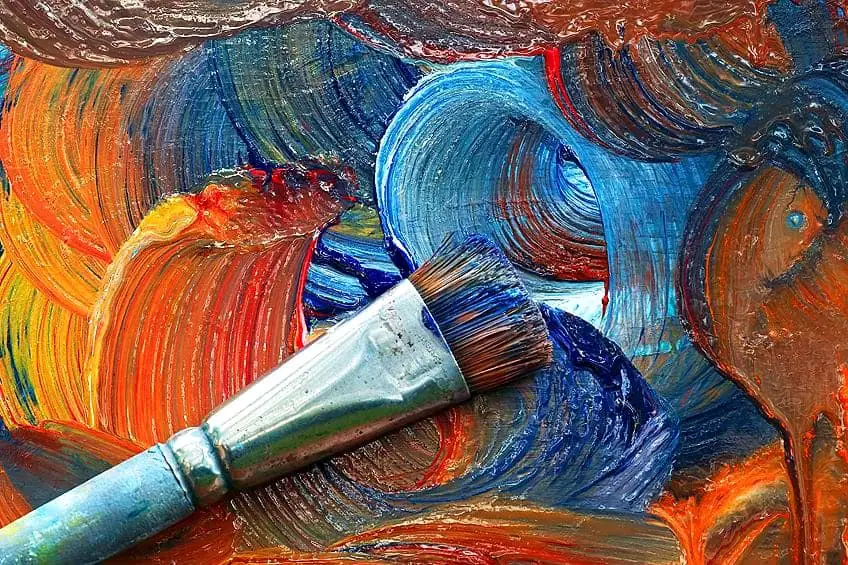
What Is the Complementary Color of Brown?
The complementary color of brown is usually your blues. When looking at a warmer brown, consider a green-blue. Colors that work well with brown are other neutrals, like grays.
What Are Neutral Colors?
Neutral colors can be a mix of all primary colors, complementary colors, or secondary colors that form tertiary colors. Neutral colors include brown, black, white, gray as well as beige.
Megan is a writer and researcher who graduated from the University of Cape Town with a degree in Social Sciences, specializing in Psychology and Environmental Science. Her passion for knowledge and leaving a positive impact has fueled her current work in conscious and sustainable growth in Southern Africa. Megan’s love of nature has also led her to train as an animal behaviorist. She works part-time training and rehabilitating dogs. Megan is interested in the physical and psychological effects of colors in our environment on our mood and well-being. In addition, she is concerned with how art and creativity have been an integral part of human society. Megan van Schoor has been writing blog posts on the topics of painting, drawing, and color theory for acrylgiessen since 2021.
Learn more about Megan van Schoor and about us.
